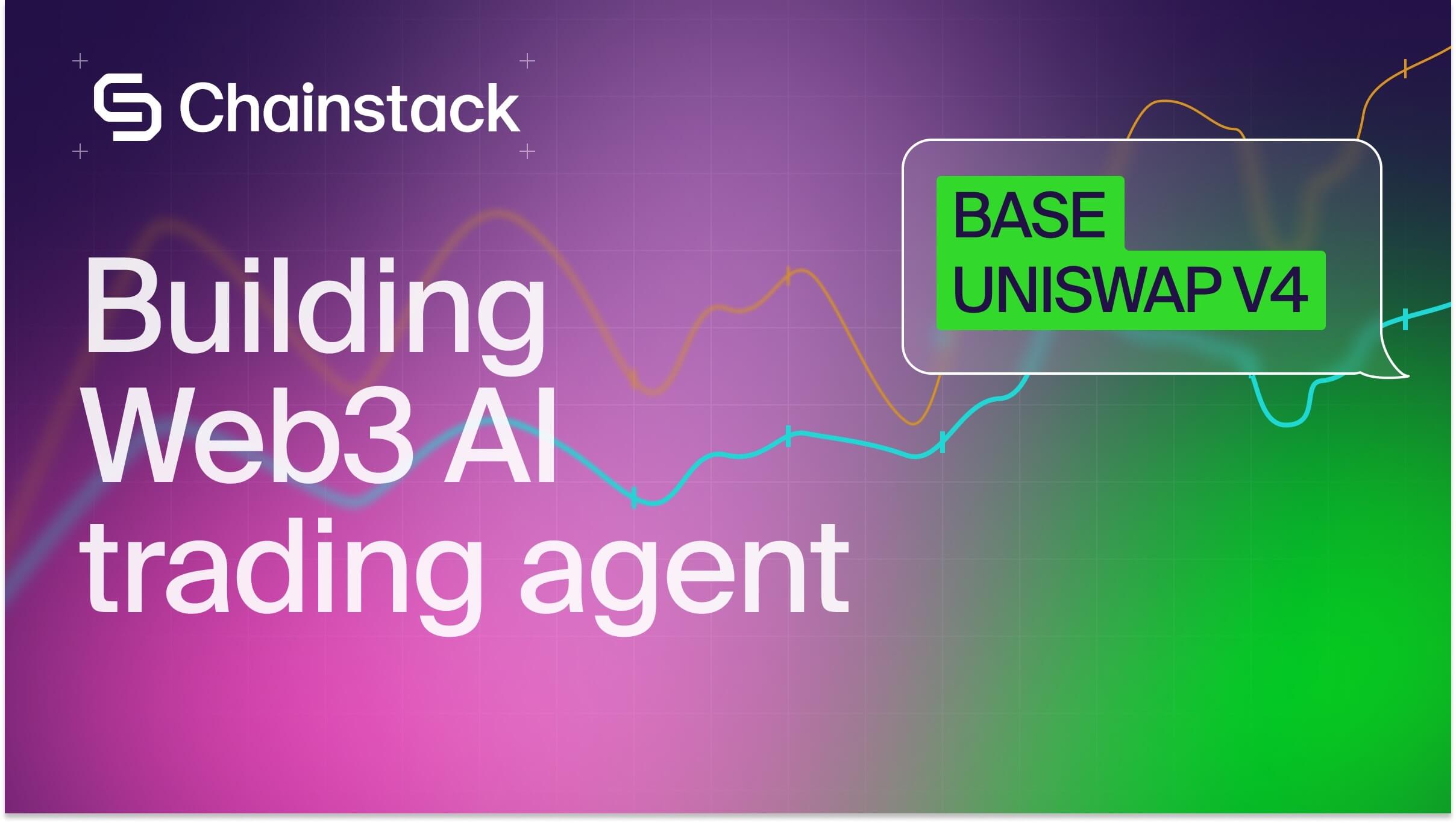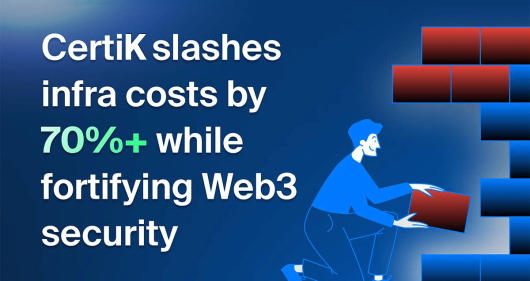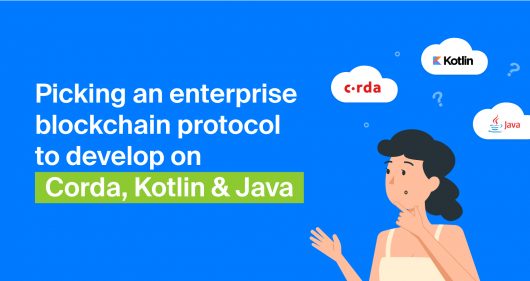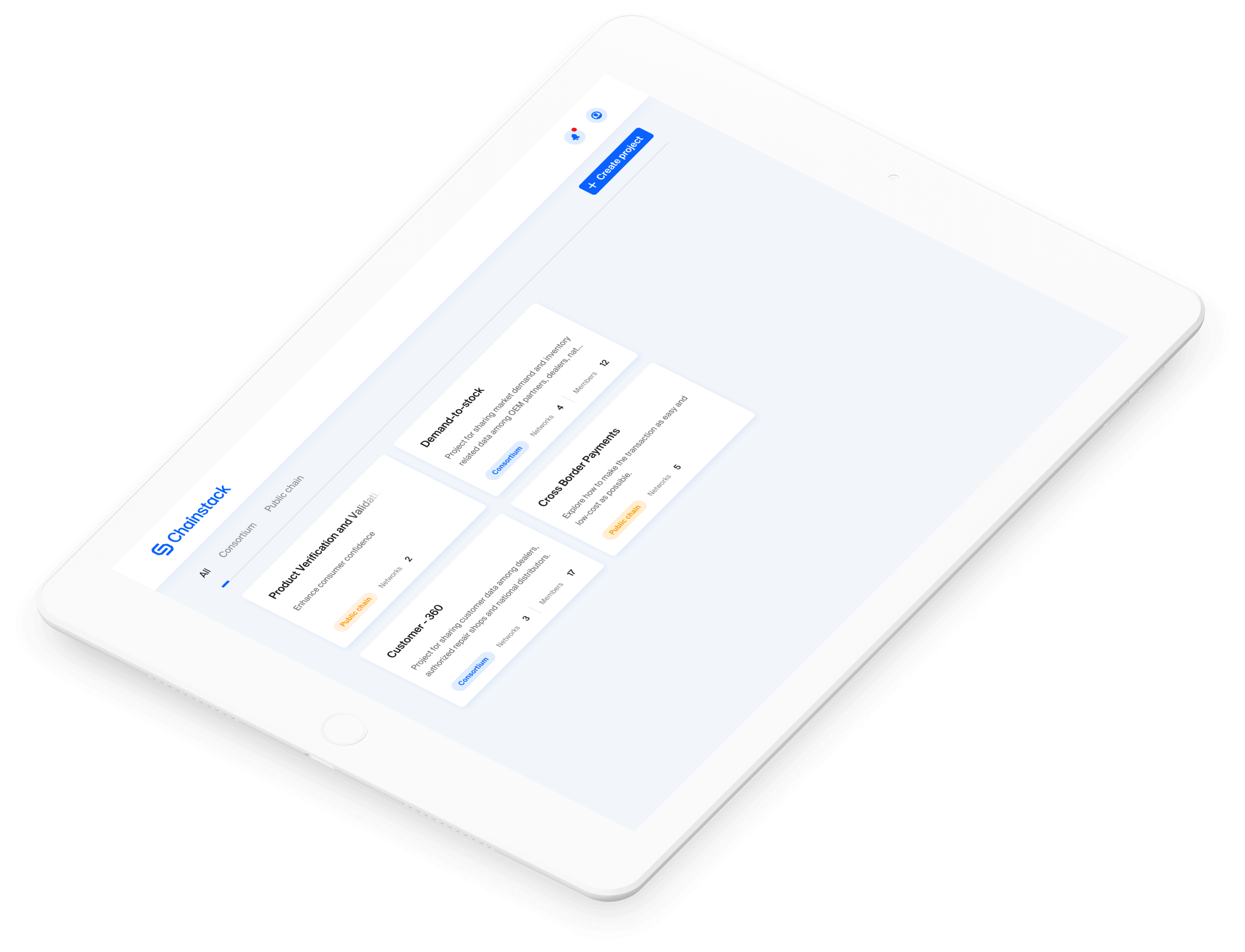How to use the Solana Geyser plugin to stream data with Yellowstone gRPC
Yellowstone gRPC Geyser plugin has been the go-to for high-performance Solana streaming with typed schemas, validator memory access, and sub-50 ms latency. We’ve now made it 10× more affordable with plans starting at $49/month, and this guide shows you how to get started.
Every Solana project depends on timing. Whether it’s a trading bot or a wallet tracker, you need a way to see changes the moment they land on-chain. Polling RPC calls gets the job done, but it wastes compute, adds latency, and forces you to reprocess the same state over and over.
That’s why most developers move to streaming.
Streaming Solana with the Yellowstone gRPC Geyser plugin
Built on the Geyser plugin, Yellowstone gRPC streams events straight from validator memory. That means you don’t have to parse raw strings yourself as typed messages land faster (often in under 50 ms) with filters applied before the data ever reaches your app.
This makes Yellowstone gRPC the natural fit for workloads where reliability matters, like:
- Trading and mint bots that can’t afford to miss a swap.
- Wallet alert services built around account changes.
- Dashboards and mini indexers pushing filtered data into a DB or queue.
For a long time, cost was the barrier that kept builders from choosing Yellowstone gRPC first. That’s why at Chainstack, we introduced an entry plan for smaller teams, starting at $49/month. It gives you production-grade streaming without overbuying or patching around missed events.
Yellowstone gRPC stream types and when to use them
Once you’re on gRPC, the main choice is which stream to tap into. Each one has a different use case:
accounts— follow wallets or PDAs. Balance changes, token updates, program state.transactions— full tx detail. Good for swap trackers, trading bots, program calls.transaction_status— lighter than transactions. Just tells you if it confirmed or failed.slots— react to slot boundaries. Useful for pacing or time-based logic.blocks— full block content. Use it for ordering, timestamps, analytics.blocks_meta— block headers and leader info only. Nice for lightweight analytics.entries— raw validator feed. Mostly for research or digging deep.
Each connection lets you run up to five filters of the same type. Keep them focused, and if you need more, spin up another stream.
How to use Solana gRPC Geyser plugin
You technically can run Yellowstone gRPC yourself. But most builders will tell you it’s the hardest part of the stack: managing hardware, snapshots, upgrades, storage, networking, and recovery on a validator. That’s a lot of overhead for one plugin.
The other option is managed access. Providers will give you Geyser as an add-on, but most start around $500–$1,000/month. That’s fine if you’re a big team, but for testing a bot, wiring up wallet alerts, or keeping a dashboard live, it’s paying for streams you’ll never use.
That’s why we rolled out a new entry tier on Chainstack — only $49/month for production-grade Yellowstone gRPC. It’s up to 10× more affordable than other options available on the market, and if you need more later, you can scale without changing your stack. Here’s how the plans line up:
- $49 → 1 stream, up to 50 accounts. Good for testing bots, alerts, dashboards.
- $149 → 5 streams. Enough to split staging and prod.
- $449 → 25 streams. Full fan-out for heavier workloads.
The plugin is available from the Growth plan and up. You’ll find it directly in the console marketplace, and setup takes just a couple of clicks.
How to enable Yellowstone gRPC on Chainstack
- Log in to your Chainstack account (or create one if you don’t have one yet).
- Create a new project, or pick an existing one.
- Deploy a Solana Global Node.
- Open the node once it’s live.
- Go to Add-ons → Yellowstone gRPC Geyser Plugin → Install.
Solana Geyser example for real-time token tracking
Here’s a step-by-step walkthrough showing how to use Yellowstone gRPC to stream token activity in real time, in this case tracking swaps on Raydium and mints on Bonk.fun.
If you want the full breakdown with code, filters, and setup, check out our detailed guide on real-time Solana analytics for Raydium and Bonk.fun tokens with the Geyser plugin.
Wrap up
Yellowstone gRPC has become the standard for reliable Solana streaming, with typed events, sub-50 ms latency, and data straight from validator memory. It’s built for production, but now it’s also priced so smaller teams can use it from the start.
If you just want to test a bot, track mints, or wire up alerts, you can begin with our new Yellowstone gRPC Geyser plugin plan, starting at only $49/month. And when the workload grows, scaling to more streams is simple without changing your stack.
If you want to mess around with it, we’ve put together a bunch of examples and repos you can pull from:
- Solana Geyser Python tutorial
- Pump.fun and Bonk.fun sniping bot with Geyser
- Listening to pump.fun token mints using Geyser
- Listening to programs with Yellowstone gRPC (Node.js)
- Yellowstone repo
- Rust example
- Go example
Power-boost your project on Chainstack
- Discover how you can save thousands in infra costs every month with our unbeatable pricing on the most complete Web3 development platform.
- Input your workload and see how affordable Chainstack is compared to other RPC providers.
- Connect to Ethereum, Solana, BNB Smart Chain, Polygon, Arbitrum, Base, Optimism, Avalanche, TON, Ronin, zkSync Era, Starknet, Scroll, Aptos, Fantom, Cronos, Gnosis Chain, Klaytn, Moonbeam, Celo, Aurora, Oasis Sapphire, Polygon zkEVM, Bitcoin and Harmony mainnet or testnets through an interface designed to help you get the job done.
- To learn more about Chainstack, visit our Developer Portal or join our Discord server and Telegram group.
- Are you in need of testnet tokens? Request some from our faucets. Multi-chain faucet, Sepolia faucet, Holesky faucet, BNB faucet, zkSync faucet, Scroll faucet.
Have you already explored what you can achieve with Chainstack? Get started for free today.
FAQ
The Geyser plugin is a Solana validator add-on that streams real-time data out of validator memory. It lets you subscribe to accounts, slots, transactions, and blocks without polling.
Yellowstone gRPC is an implementation of the Geyser plugin that uses gRPC to deliver typed, structured events. It’s faster and more reliable than WebSockets, with sub-50 ms latency.
Use WebSockets for lightweight dashboards, explorers, or alerts where a dropped update is fine. Switch to Yellowstone gRPC when you need typed data, filtering, and guaranteed delivery in production.
You can subscribe to accounts, transactions, transaction_status, slots, blocks, blocks_meta, and entries. Each covers different needs, from wallet changes to full block data.
You can run it yourself by managing a validator, but it’s complex. Managed access through providers is easier but often starts at $500–$1,000/month. On Chainstack, it’s available from only $49/month.
No. Chainstack runs the validator infrastructure for you. You just enable the plugin on a Solana Global Node through the console.
Yes. gRPC is a better fit than WebSockets for bots and mint snipers since you get typed events, low latency, and fewer missed updates.
 Ethereum
Ethereum Solana
Solana TON
TON Base
Base BNB Smart Chain
BNB Smart Chain Hyperliquid
Hyperliquid Aptos
Aptos TRON
TRON Ronin
Ronin zkSync Era
zkSync Era Sonic
Sonic Polygon
Polygon Unichain
Unichain Gnosis Chain
Gnosis Chain Sui
Sui Avalanche Subnets
Avalanche Subnets Polygon CDK
Polygon CDK Starknet Appchains
Starknet Appchains zkSync Hyperchains
zkSync Hyperchains


























